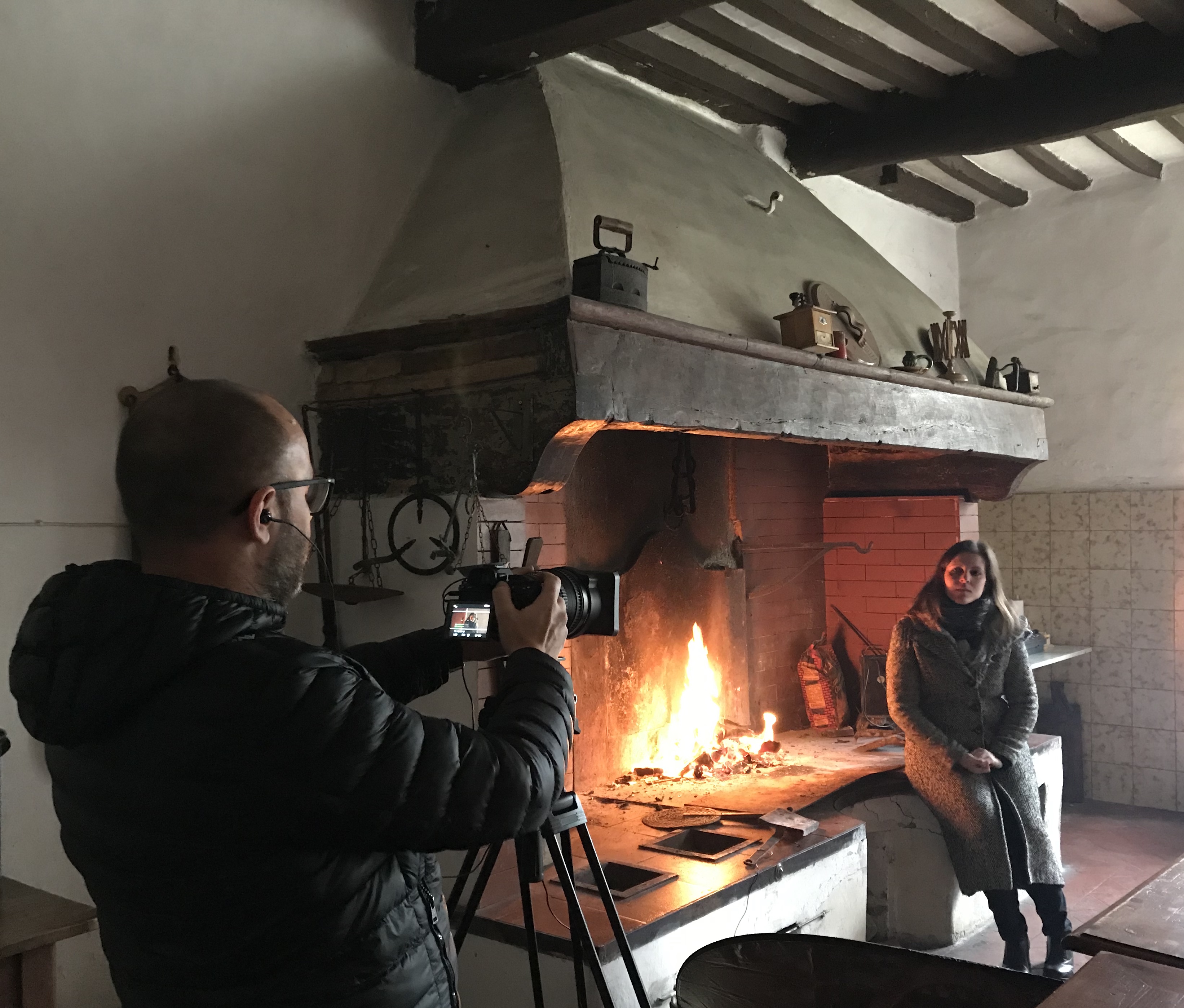Project Description
WORDS FOR PICTURES
CIRCULAR STORIES IN CHIANTI AND VALDARNO MUSEUMS
Chianti and Valdarno Fiorentino Museum System, 2018-2019
The aim of “Words for pictures” is to put artworks and communities on an equal footing.
People see themselves reflected in the highest expressions of the local cultural heritage, identify with them, and give them a new voice: sometimes joyful and light-hearted, other times melancholy and troubled.
Nicoletta Matteuzzi, scientific coordinator of the Chianti and Valdarno Fiorentino Museum System
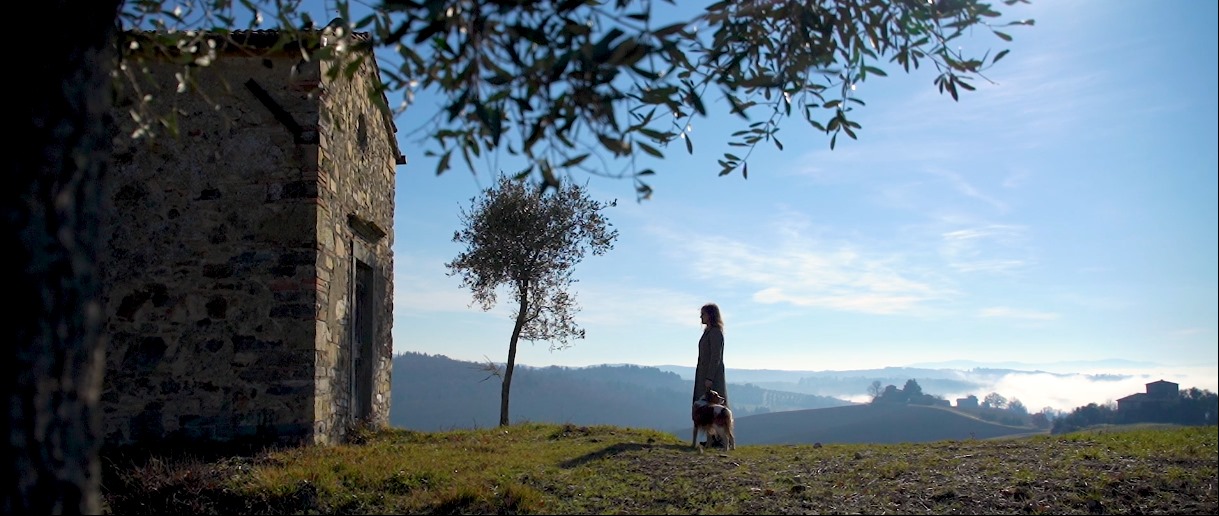
Photo by Alessandro Pucci
“Words for pictures”, a project promoted by the Chianti and Valdarno Fiorentino Museum System, and curated by Silvia Mascheroni and Maria Grazia Panigada, stems from a wish to promote local heritage “treasures”, the fulcrum of communities and villages, and yet often little known and visited by the public: the Museo Ghelli of San Casciano Val di Pesa, the Museum of Religious Art of Tavernelle Val di Pesa, the Chapel of St. Catherine in Bagno Ripoli, the Museo Masaccio of Reggello, and the Museum of Religious Art of the Collegiate Church of Santa Maria Assunta in Figline.
The six storytellers involved, all of them museum operators, have experienced a new interplay between their personal lives and living environment, the works of art they take care of, and a sense of belonging to the cultural landscape. Through their stories, artworks are turned into “objects of affection”, and museums into familiar places.
Local communities are guided by storytellers through the different museums and heritage sites on special occasions; in order for these evocative narrative trails to be available on a more regular basis, every story has also been filmed by videomaker Alessandro Pucci.
The project’s title is drawn from a collection of papers by art historian and critic Michael Baxandall.
The integral texts of the six stories are published in S. Mascheroni, N. Matteuzzi, M. G. Panigada (eds), Dipingere a parole. Storie circolari del Chianti e del Valdarno (Masso delle Fate, 2019).
Watch the trailer of “Words for painting”
Watch the video of Maria Italia Lanzarini in dialogue with the Triptych of San Giovenale by Masaccio, 1422
Watch the video of Nicoletta Matteuzzi in dialogue with the Vergine Assunta by Benedetto and Santi Buglioni, early 16th century
Watch the video of Daniela Matteini in dialogue with the Martyrdom of Saint Lawrence by Ludovico Cardi detto il Cigoli, 1590
Watch the video of Tiziana Giuliani in dialogue with the Madonna and Child by Ambrogio Lorenzetti, 1319
Watch the video of Francesca Goggioli in dialogue with the Mystical marriage of Saint Catherine of Alexandria by Spinello Aretino, late 14th Century
Watch the video of Alice Chiostrini in dialogue with the Madonna and Child by Meliore di Jacopo, 1280 c.
Extracts
Mary’s face is young and graceful. Her hands, on the contrary, are big and rough, with just a few, poor remainders of the original pink paint. Clumsily joined in prayer, they barely seem able to touch each other through their finger tips.
They are not the tender hands of a Madonna; they are so callused and swollen that they seem no longer able to fully stretch.My grandmother had those hands, because she was a peasant; as beautiful and fresh as they might be, your face and hands waste away when you work in the fields, in the sun and cold.
Also my father’s hands are like these, because they have been working with leather for more than forty years.
The same emotion I felt nine years ago in front of these frescoes, I still feel it today, when I switch off the lights and get ready to go home. At that moment, standing before the paintings glowing in the dark, I am reluctant to leave the chapel.
I perceive the substance of colours, the brush strokes on the plaster, the abrasive pictorial surface, the cracks in the wall. The painted figures look petrified; it is now matter’s turn to speak, and everything seems more human.
With the lights switched off, a lump in my throat, I can hear my breath, feel the nature surrounding the chapel, listen to the silence, remember the veining of the alberese limestone.
Maybe Catherine’s journey ends here.I always stand still for a moment, watching, as if something compelled me to stay.
Then, perhaps, it is Catherine’s wind to push me out.
For sure, it is Catherine’s wind to always call me back.
The first time I heard about Masaccio I was seven or eight years old.
I was passing by the staircase leading to the kitchen, when I heard my mother and Father Renato talking in whispers.
— Do you understand? We can’t leave him in Florence. This Masaccio is ours. The Superintendence for Cultural Heritage must acknowledge it!
I don’t know what my mother answered; I had heard that conversation almost by accident, and quite honestly it wasn’t of the slightest importance for me; I was totally unaware of the issue.
And yet today, after so many years, that memory resurfaced in my mind, like some sort of photogram of the priest’s black cassock and his low but passionate voice.
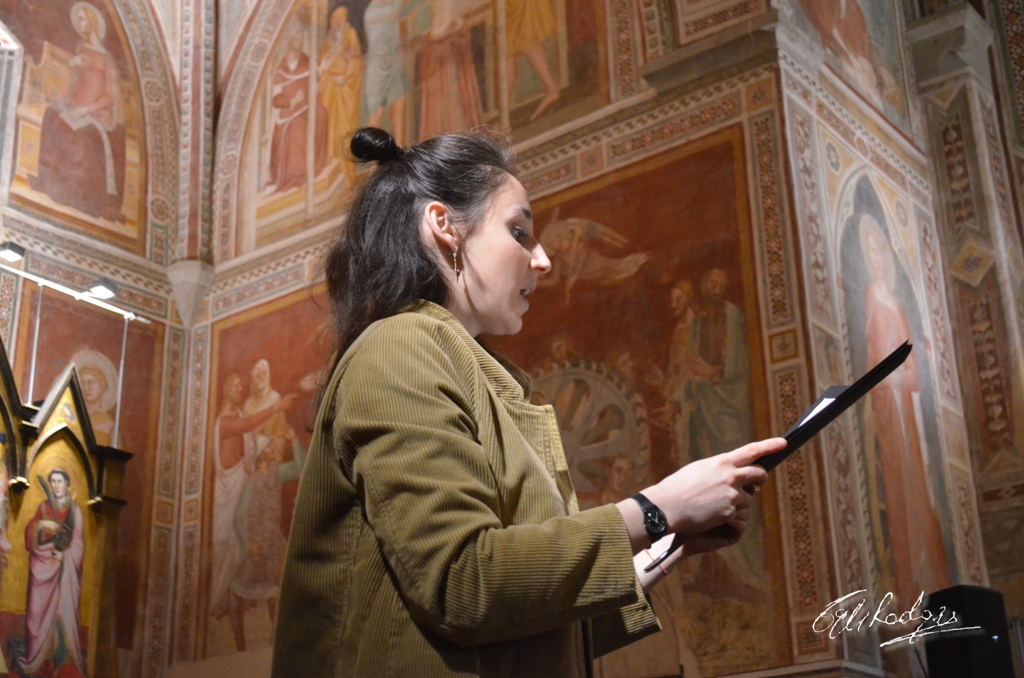
Photo by Egle Radogna
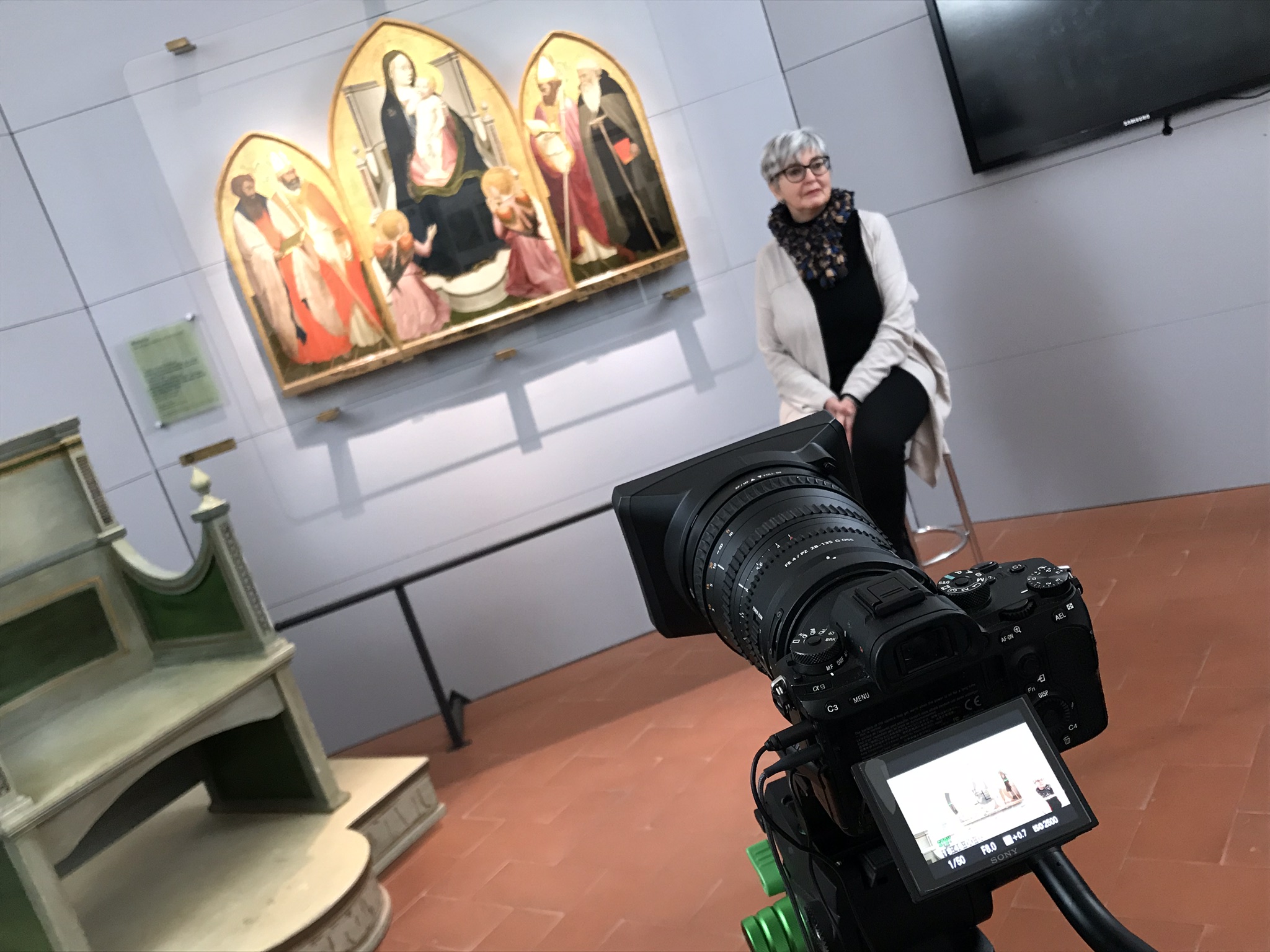
Photo by Maria Grazia Panigada
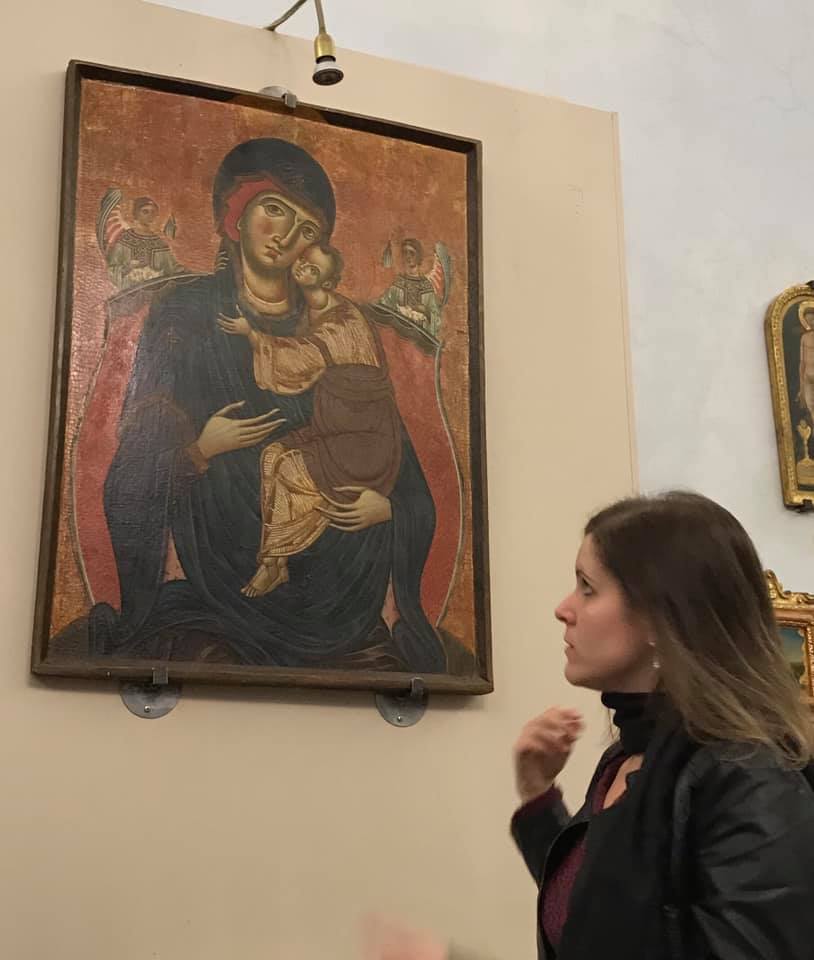
Photo by Maria Grazia Panigada
